Wondering how to pick your oil paint mediums? I got you covered.
About a year ago, I went back to painting in oils after almost 7 years of using acrylics as my main painting medium. When I first tried working with oils again, I was very confused. I remembered having bought many solvents and liquids in the past but I didn’t really recall what was suitable for which part.
Therefore, I had to re-learn all about painting in oils. But this time, I learned so many tips and techniques that helped me pick the right oil paint mediums which I’ll be sharing with you in this article.
Before we get started with how to pick your suitable oil paint mediums, allow me to shed light on a very important point that beginners often tend to overlook. Firstly, we need to know the main techniques of painting in oils so we can be able to figure out the way to build our mediums (Think of it like a skincare routine).
Disclosure: This blog post may contain affiliate links, which means I may receive a commission if you purchase the products I recommend. While purchasing the products I recommend won’t cost you any extra money, they will help me keep this blog up and running. Thank you for your support!
The main three painting techniques to help you pick your oil paint mediums
Oil paint is trickier than you think! And I don’t want you to be surprised (in a bad way) mid-way through your painting sessions, so here’s what you need to know.
Oil paint is gonna crack if you aren’t building your painting in the right order.

1- Oil paint is built “thin to thick”
This means, when you start your painting, you will be adding thin layers of paint and building your way up so that the last layers of your paint are thicker. This is also a useful technique as thicker, high-viscosity paint applications will take longer to dry than thinner, low-viscosity ones. (don’t worry I will explain the viscosity thing as we progress with this article).
This means, in the first stages of your painting, you will be thinning your paint, and therefore thinning mediums like solvent or turpentine will be the mediums you’re reaching out for.
2- Glazing
Let’s say that you want to add a thin layer of paint over your existing layers of thicker paint without the paint cracking (this could be done to add depth or a wash of color to the existing painted subjects). In this case, you should be using the glazing technique. What makes glazing different than using “thin over thick” which is a DON’T, is that a glaze layer contains at least 10% oil color. Therefore, the mediums that will be used with color to glaze, are thinner oils.
3- Oil paint is built “Lean to fat”
Fat in this scenario means contains more oil. So, the more oil is in your paint, the fatter it is. And again just like thin to thick, you will need to make your base layers leaner (thinning paint with solvent), and your top layers fatter (working your paint with oils). If you reverse this method, your paint will crack. This technique is also great for building depth and distinguishing between your fore, middle, and background.
Let’s move on to the main course of this article.
You may like to read: How to know the right Paintbrush to pick as an artist?
A list of the main oil paint mediums, what they are used for, and which ones to buy
Oil painting mediums are substances that are added to oil paint to modify its consistency, drying time, or other properties. There are many different types of oil painting mediums, each with its own unique properties and benefits. Here are some of the most commonly used oil painting mediums and their characteristics:
Linseed oil
Linseed oil is one of the most commonly used oil painting mediums. It is made from the seeds of the flax plant and is a clear, yellowish liquid. Linseed oil dries more slowly than other mediums, making it ideal for artists who want to work with their paint for an extended period of time. It also gives oil paint a glossy finish.
Walnut oil
Walnut oil is a popular alternative to linseed oil. It dries more slowly than linseed oil but is less prone to yellowing over time. It is also less likely to crack than linseed oil. Walnut oil has a lighter color than linseed oil and produces a slightly less glossy finish.
Stand oil
Stand oil is a thick, syrupy oil that dries slowly and produces a high-gloss finish. It is often used in combination with other mediums to increase glossiness and transparency. Stand oil can also be used on its own to create a glaze or to create a smooth, even surface on a painting.
Alkyd medium
Alkyd medium is a synthetic medium that dries faster than traditional oil painting mediums. It can be used to speed up the drying time of oil paint without compromising the quality of the paint. Alkyd medium also produces a glossy finish. shop this Walnut Alkyd Medium here.
Liquin
Liquin is a quick-drying medium that is used to speed up the drying time of oil paint. It produces a matte or satin finish and is often used by artists who want to create thin, transparent layers of paint. Get this Liquin here.
Galkyd
Galkyd is a quick-drying medium that is similar to Liquin, but it produces a glossy finish. It can be used to create thick, luscious layers of paint. Get this Galkyd here.
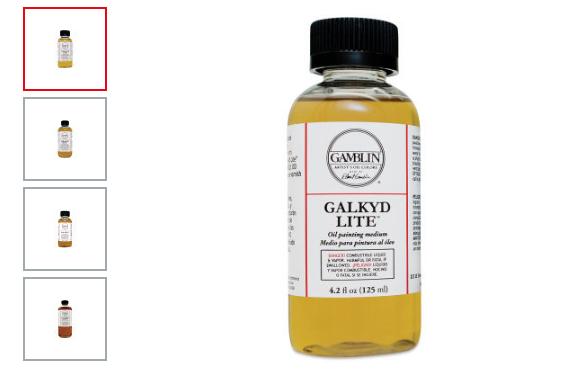
Safflower oil
Safflower oil is a pale, almost colorless oil that is used to dilute oil paint and increase its flow. It dries more slowly than other mediums and produces a slightly glossy finish.
Poppyseed oil
Poppyseed oil is a clear, light-colored oil that dries slowly and produces a glossy finish. It is often used in combination with other mediums to create a glaze or to increase the flow of paint.
Oleogel
Oleogel is a thixotropic painting medium that is made from linseed oil and fumed silica. It is used to create thick, luscious layers of paint without adding excess oil. Oleogel dries slowly and produces a glossy finish.
When using oil painting mediums, it’s important to remember that each medium has its own unique characteristics and should be used in accordance with the artist’s preferences and needs. Some artists prefer to work with traditional mediums like linseed oil or walnut oil, while others prefer to use synthetic mediums like alkyd medium or Liquin. Experimenting with different mediums can help artists find the perfect combination for their individual styles and technique.
Drying time for oil paint medium (from fastest to slowest)
Fastest-drying oil paint mediums (1-2 days)
- Galkyd mediums
- Alkyd mediums
- Liquin (original and fine)
Slower drying oil paint mediums (3-7 days)
- Leaner oils such as refined and cold-pressed linseed oil, thin layers of poppyseed, and walnut oil
Slowest drying oil paint mediums (1-2 weeks)
- Fatter walnut and poppyseed oils (optimal for final layers or working alla prima over a long period)
If you have made it this far in the article, let’s talk about my personal preferences and recommendations.
Personally, I like to keep my exposure to chemical solvents and mediums as minimal as it could possibly get. I have even made an article about how to paint in oil using no solvents at all so make sure to check that out if you’re interested.
And in any case, I use mediums, you’ll find me using:
- Linseed oil
- Solvent
- Thinning medium

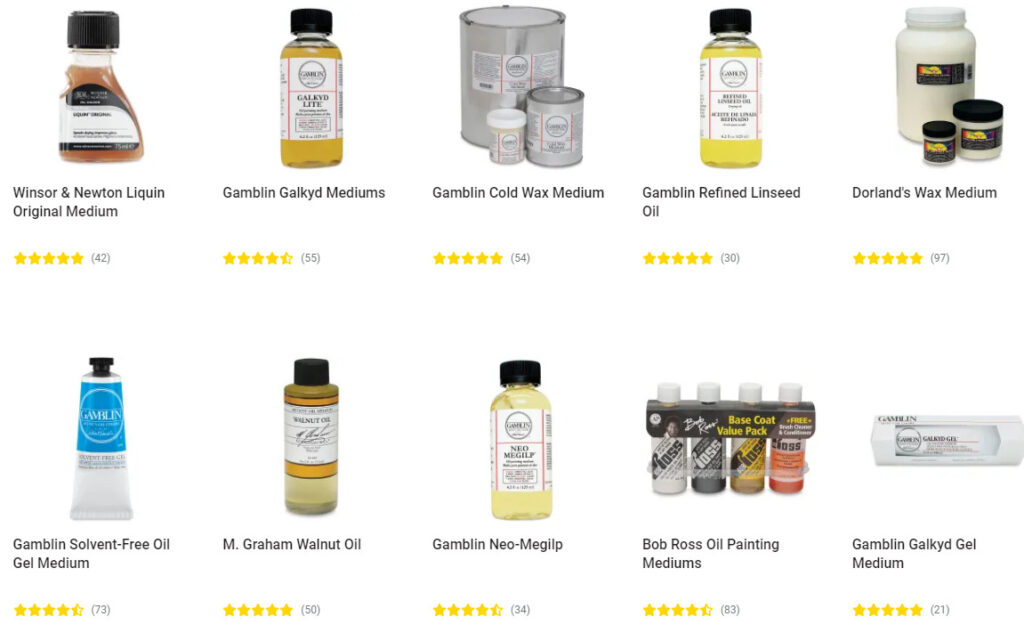
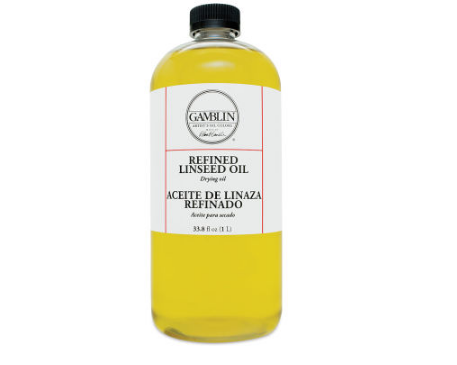
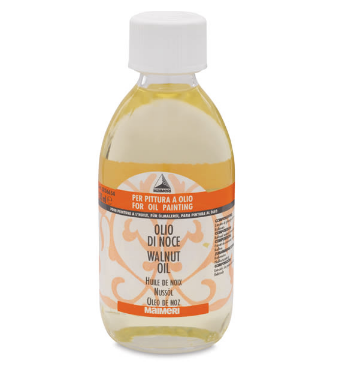
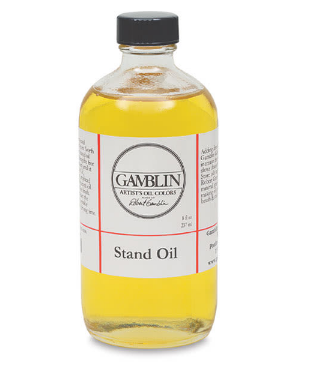
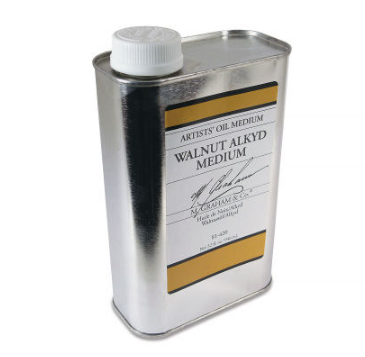
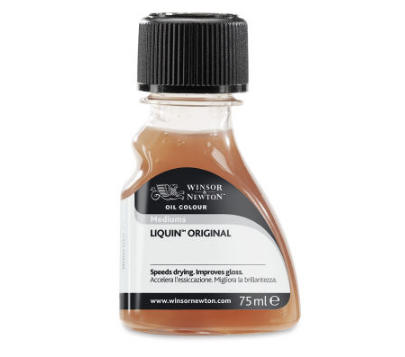
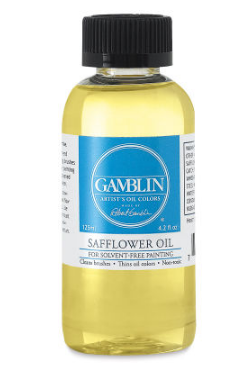
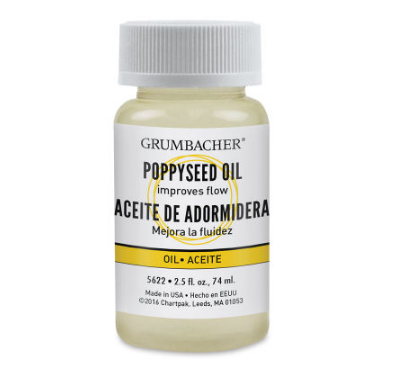
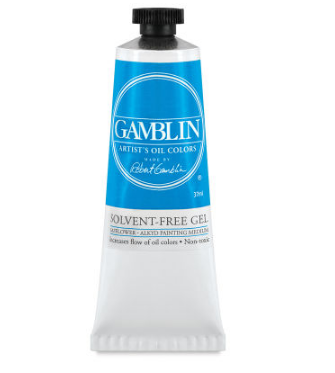
Thank you! This was very helpful, but I was just wondering would it be possible to use only linseed oil and turpentine while painting and still achieve satisfactory results ?
Hello! a 100%! You can achieve great results with only refined linseed oil. I have another article on how to paint in oils with no solvents, you may want to give it a look.